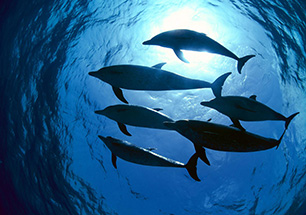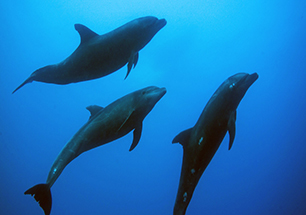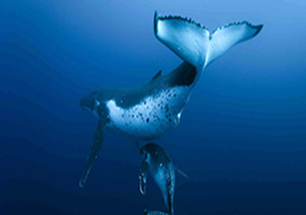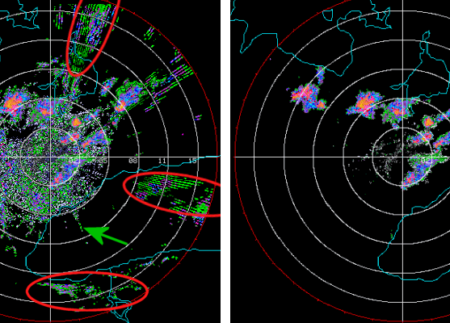KEY QUESTIONS
- How do the level, context, and directivity of seismic sounds affect marine mammal behavioural reactions?
- Are behavioural reactions to industry sound “biologically significant” in terms of the PCAD framework?
- Is ramp-up (soft-start) an effective mitigation measure
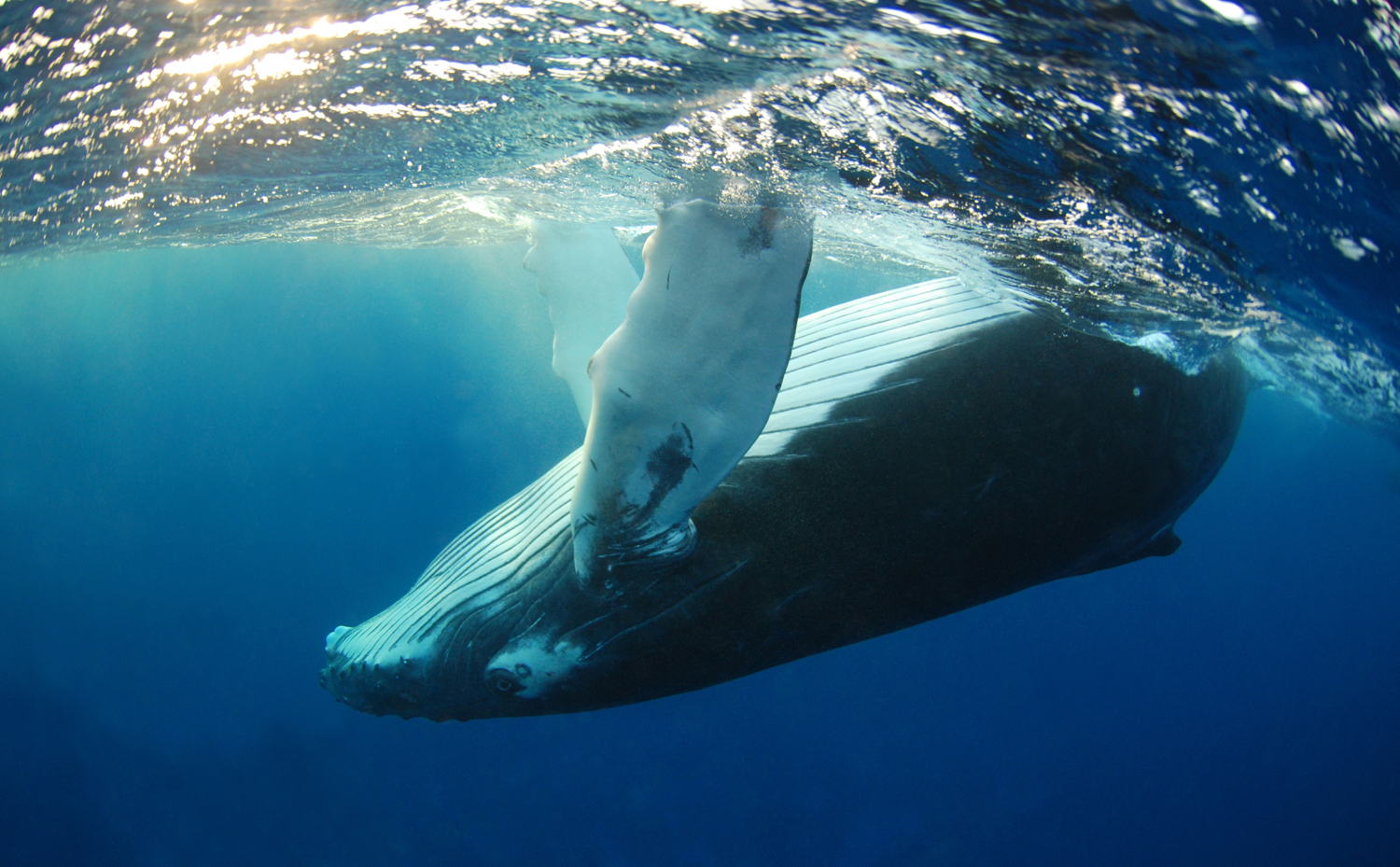
SUMMARY
Large whales call and hear at the low frequencies produced by airguns. It was thought that large baleen whales may be more susceptible to the sound of E & P operations than other marine mammal groups. When this Programme began, no data were available on either the hearing sensitivity or the behavioural responses of large whales to airgun sounds.
The Programme commissioned a study to conduct a controlled exposure experiment that exposed migrating humpback whales to airguns to compare their behavioural, vocal, and other responses to the exposure conditions they experienced. Two populations were studied; one that had no previous experience with airguns (east coast population) and the other that encountered seismic arrays yearly (west coast population). The experimental design for both populations tested for response to ramp-up (soft start), the slow increase in array source level required by regulators. Exposures began with a single airgun and culminated in use of a full commercial seismic array as the sound source. This project was funded jointly with the U.S. Bureau of Ocean Energy Management (BOEM), a regulatory entity.
Success of the controlled exposure experiments with treatments ranging from controls (vessel towing a silent seismic array system) to ramp-up sequences, to a full commercial array is attributed to the years of baseline behavioral data that informed the context of response. The vast amount of baseline data allowed the research team to interpret observed responses within the variability of natural behaviour observed in the population over decades. The behavioural analysis used a form of statistical modelling called generalized linear mixed models (GLMMs) to determine the extent to which the behaviour or changes in behaviour resulted from exposure to the vessel itself or different air gun/array treatments rather than to other social or environmental variables that can influence behaviour.
Results indicate that social factors (presence of other whales) explain whale swimming directions better than the presence of airgun sounds or boat movements. The depth of dives correlated with water depth more than with the presence of airguns. In response to the first stages of ramp-up, whales tended to slow their swimming and respiration rates until the airguns moved away. No abnormal behaviors or outright avoidance of airguns during ramp-up were observed. During silent controls (when the vessel was towing the silent array), both the received sound level and proximity of the vessel an influence on the behaviour of the animals. When the seismic array was operational, the whales were more likely to avoid the air gun arrays within 3 km of the vessel at received levels over 140 re 1 mPa2s compared to the controls. The BRAHSS team also found that responses varied depending on social context and category (i.e. if the exposed animal was a calf, and whether it was male or female).
Objectives and methods
- Perform power analysis to inform experimental design and sample size needed for confidence in study results.
- East coast population that does not regularly hear airguns: track migrating whales visually from land, tag and follow whales at sea, and locate all whale calls using a passive acoustic monitoring system. West coast population that regularly hears airguns: track migrating whales from boats, tag and follow whales at sea.
- Expose whales to towed airguns of various size and number with a vessel that moves at right angles across the north-south migratory corridor.
- Include appropriate controls in all exposure experiments.
- Record swim speed, direction and social interactions visually, dive behaviour with tags, and vocal responses with passive acoustic recorders
- Use mixed models to identify the exposure and contextual variables most likely to explain the observed responses.
Importance
This is the first time wild animals have been intentionally exposed to airguns in a controlled, well-designed, multi year scientific study. The biological significance of wild whale responses to seismic, and the validity of soft-start as a mitigation measure will inform future risk assessments and mitigation techniques.
Links to other research
The research team cooperates with two other major Behavioural Response (BRS) studies presently under way. One is a U.S. Navy funded project on the effects of military sonar on cetaceans in California (http://sea-inc.net/socal-brs/). The other, called the SSS project, studies the effect of mid frequency sonar on fish and marine mammals but has no web site. These three BRS studies participate in the DECAF project at the University of St. Andrews (http://www.creem.st-and.ac.uk/decaf/) which is devising new metrics for analyzing the behavioural responses of cetaceans to human sound. About 20 species of cetaceans are involved in these three BRS studies.
Institutions/PIs
- Sydney University and Defense Science and Technology Organisation (Douglas Cato)
- University of Queensland (Mike Noad, Rebecca Dunlop)
- Curtin University (Rob McCauley)
